60 F. high in the Twin Cities Wednesday.
43 F. average high on November 9.
61 F. high on November 9, 2015.
November 10, 1998: A potent storm nicknamed a 'land hurricane' sets a new all-time record low pressure for Minnesota around noon at Albert Lea and Austin as it passes overhead. The automated weather observing equipment at both airports measured a barometric pressure of 28.43 inches, which broke the previous record of 28.55 inches set on 11 January 1975 in Duluth. The new record for the Twin Cities was set with a reading of 28.55 inches. The previous record was 28.77 inches, set on April 13th of 1964. 10 inches of snow fell at Madison, MN and St. Cloud State University had a wind gust to 64 mph.
November 10, 1975: The Edmund Fitzgerald sinks off Whitefish Bay, causing 29 fatalities.
November 10, 1913: A severe windstorm occurs on Lake Superior. Three ships were lost. Winds were clocked at 62 mph at Duluth.
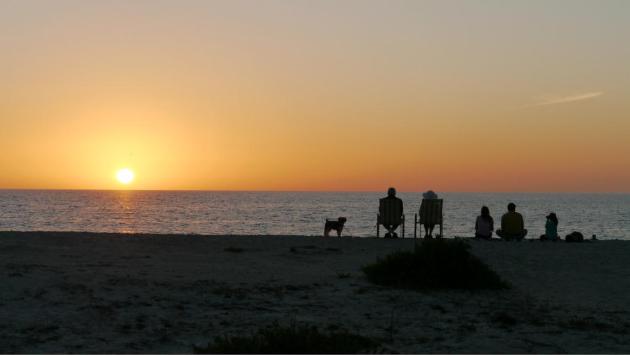
Another Welcome Dose of Lukewarm Sunshine
"It's tough to make predictions, especially about the future" said Yogi Berra.
Leave it to the pundits, pollsters and talking heads to make the meteorologists look good. I'm mourning a sudden lack of political ads on TV, but a booster shot of vitamin D from the sun is helping my mood swings.
New research confirms that the number of hours of sunshine during a given day has more impact on our mental health than rain, wind or even pollution. Then again we've known about SAD (seasonal affective disorder) for some time and light therapy and melatonin can help.
An article on the weather blog caught my eye: falling back 1 hour for daylight saving time can speed up symptoms of depression. "The shift to standard time essentially steals an hour of daylight from the evening, when most of us are awake, and tacks it on to the early morning hours, when many of us are not."
I want that hour of sunshine back.
Blue sky spills into the weekend; 60-65F today (20 degrees above average) before cooling off Friday. A shower pops up Tuesday with heavier rain late next week.
A series of Pacific storms will pull increasingly cold air south. Jackets and slush by Thanksgiving?
Sunshine Matters A Lot to Mental Health; Temperature, Pollution, Rain Not So Much. Almost time to put your therapist on speed-dial. Here's a fascinating nugget, courtesy of EurekAlert! Science News: "...That's one of the surprising pieces of our research," said Mark Beecher, clinical professor and licensed psychologist in BYU Counseling and Psychological Services. "On a rainy day, or a more polluted day, people assume that they'd have more distress. But we didn't see that. We looked at solar irradiance, or the amount of sunlight that actually hits the ground. We tried to take into account cloudy days, rainy days, pollution . . . but they washed out. The one thing that was really significant was the amount of time between sunrise and sunset."Therapists should be aware that winter months will be a time of high demand for their services. With fewer sun time hours, clients will be particularly vulnerable to emotional distress. Preventative measures should be implemented on a case-by-case basis...."
Does The Switch to Daylight Saving Time Increase Risk of Depression? Here's an excerpt of an interesting article focusing on new studies, courtesy of The Washington Post: "...One possible explanation is that the sudden advancement of sunset from 6 p.m. to 5 p.m . . . which in Denmark marks the coming of a long period of very short days, has a negative psychological impact on individuals prone to depression, and pushes them over the threshold to develop manifest depression,” the authors write. We know, for instance, that long days and ample sunshine are protective against depressive symptoms. The shift to standard time essentially steals an hour of daylight from the evening, when most of us are awake, and tacks it on to the early morning hours, when many of us are not. The net effect is that many of us lose an hour of daylight..."
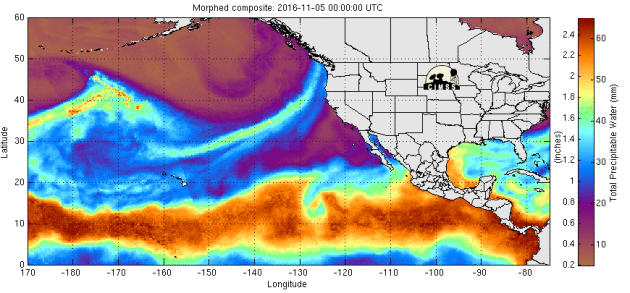
Animation credit: "The amount of precipitable water in the atmosphere over the northern Pacific is seen in this animation created using data from microwave observations by polar orbiting satellites. The animation covers the period between Nov. 5th and 7th, 2016." (Source: Cooperative Institute for Meteorological Satellite Studies.)
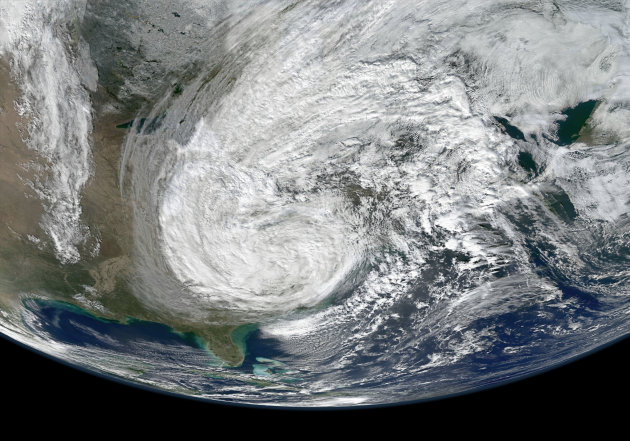
Hurricane Sandy Was a 260 Year Storm - Here's What That Means.
For the record 2012's Superstorm Sandy wasn't even (technically) a
warm-core hurricane when it struck New Jersey. But the storm was huge,
it carved out an impressive storm surge that hit at astronomical high
tide during a full moon. Here's an excerpt from Yahoo Finance: "... The
total damage to New York City was worth $19 billion and to New Jersey
$29 billion. Now, the big question is: How likely is it that a
Sandy-level storm will happen again in our lifetimes? In the past,
studies have pegged Sandy as anywhere from a 100-year storm to a 1,500
year storm. That means that in any given year there's a 1/100 to 1/1,500
chance of a storm causing Sandy-level flooding. A new paper accepted
for publication in the Journal of Geophysical Research
October 21 offers a more precise estimate: Sandy was a 260-year storm,
based on current ocean conditions. That includes tropical cyclones like
Sandy as well as winter storms like northeasters, lead author Philip
Orton, who studies ocean physics at the Stevens Institute of Technology,
told Business Insider..." (Superstorm Sandy file image: NASA).

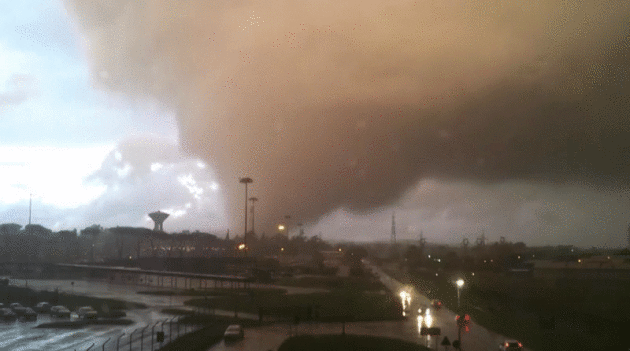
New Weather Satellite Set to "Revolutionize" The U.S. Weather Forecast.
That may be a bit strong, but there's little doubt that GOES-R is
another big step forward, giving us a much more powerful,
high-resolution eye in the sky. Details via Yahoo Finance: "...NASA
is currently preparing the launch pad at Cape Canaveral to send the
first satellite, known as GOES-R, into orbit on November 16 at 4:42 p.m.
ET. According to NOAA, the new weather station will contribute to more
accurate weather forecasts and better predictions of severe storms.
"Without a doubt, GOES-R will revolutionize weather forecasting as we
know it," Stephen Volz, assistant administrator for NOAA's Satellite and
Information Service, told reporters earlier this month. "For weather
forecasters, GOES-R is like going from black and white television to
super-high-definition TV, and for the American public GOES-R will mean
faster, more accurate weather forecasting and warning..." (Artist sketch of GOES-R: Lockheed Martin).

Photo credit: Andrew Demp, Yale.
Photo credit: "A near-Earth object on course to hit the planet would require nationwide or global coordination to minimize threat." (NASA/JPL-Caltech).
Sunny Disposition: Falling Prices Fuel Solar Boom. With costs dropping rapidly why wouldn't you want to take advantage of the free energy falling on your yard? Here's an excerpt from Milwaukee's Journal-Sentinel:
- A new forecast by the U.S. Energy Department says the amount of solar energy produced nationwide is poised to triple between 2014 and 2019.
- Nationally, solar installations jumped 45% in the first half of this year compared with the same period in 2015.
- Cutting-edge technology could give solar power an even bigger "wow" factor. Elon Musk, known for developing electric-powered Tesla cars and pushing for commercial space travel, sees the potential for solar-powered roof tiles, such as those made by his company SolarCity, that resemble conventional shingles.
Photo credit: Apple.
Red Lake Band of Minnesota Plans For All-Solar Electric Generation.
Why? Because it'll help clean up the air AND save them money over the
long haul - there's a significant ROI. Here's more information from The Star Tribune: "The
Red Lake Band of Chippewa in northern Minnesota intends to build enough
solar energy capability on tribal lands over the next several years to
free itself from electricity generated from fossil fuels. And, thanks to
outside investors who can tap a variety of tax credits, depreciation
and deductions, it should cost the tribe very little to eventually
become owners of the solar arrays, power-storage units and related
equipment..." (File photo: Utility Dive).
Photo credit: "The moon will be larger in the sky than it has been in decades — but not quite this big." (Charlie Riedel/AP)
An Illustrated Guide of the World's Weirdest Panics, From A to Z. No publication could possibly do this story any better than Atlas Obscura: "From Anti-Arcade Initiatives to Zeitoun Maries, we have been freaking out about nonsense for time immemorial..."
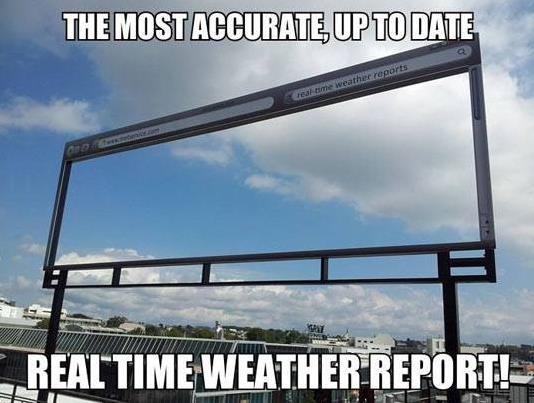
TODAY: Mild sunshine, not bad for second week of November. Winds: W/NW 10-15. High: 64
THURSDAY NIGHT: Mostly clear and cooler. Low: 39
FRIDAY: Bright sun, cooling off a little. Winds: N 7-12. High: 51
SATURDAY: Early frost in the 'burbs, then breezy and milder. Winds: S 10-20. Wake-up: 34. High: 56
SUNDAY: Mix of clouds and sun, not bad at all. Winds: W 8-13. Wake-up: 41. High: near 60
MONDAY: Partly sunny, still above average. Winds: NW 7-12. Wake-up: 42. High: 52
TUESDAY: More clouds, few showers possible. Winds: S 10-15. Wake-up: 40. High: 55
WEDNESDAY: Sunny and pleasant. Winds: E 5-10. Wake-up: 37. High: 52
FRIDAY: Bright sun, cooling off a little. Winds: N 7-12. High: 51
SATURDAY: Early frost in the 'burbs, then breezy and milder. Winds: S 10-20. Wake-up: 34. High: 56
SUNDAY: Mix of clouds and sun, not bad at all. Winds: W 8-13. Wake-up: 41. High: near 60
MONDAY: Partly sunny, still above average. Winds: NW 7-12. Wake-up: 42. High: 52
TUESDAY: More clouds, few showers possible. Winds: S 10-15. Wake-up: 40. High: 55
WEDNESDAY: Sunny and pleasant. Winds: E 5-10. Wake-up: 37. High: 52
Climate Stories. Because weather and climate are flip-sides of the same coin.
In this free evening conversation, you’ll learn:
- Why Christians should lead the charge for caring for God’s creation.
- How climate change goes beyond politics and affects the health, economy, and stability of future generations.
- Tips to help your family and those around you care for the earth..."

The Arctic: A Bellwether of Climate Change. Maryland's Point News has a story that made me do a double-take; here's a clip: "...The Arctic is a bellwether of climate change,” explained Dr. Walsh. He said that scientists can use observations from the Arctic to identify trends and indicate the future of climate change for the rest of the world. “What happens in the Arctic does not stay in the Arctic,” a playful phrase that Dr. Walsh coined to describe the importance of studying this region, was substantiated by data correlating temperature changes in the Arctic to rising sea levels, feedback to greenhouse warming, and extreme weather around the midlatitude regions on the globe. However, Dr. Walsh explained, the cause for concern is not based solely on the global impact, but on the impact local to the Arctic as well. According to Walsh, 50% of all ice in the Arctic has melted in the past thirty years due to rising temperatures..."
File photo: Huffington Post.

Pentagon Report: U.S. Military Considers Climate Change a "Threat Multiplier" That Could Exacerbate Terrorism. Here's an excerpt from Newsweek: "A
report released Monday indicates the Department of Defense has
dramatically shifted its views towards climate change, and has already
begun to treat the phenomenon as a significant threat to national
security. Climate change, the Pentagon writes, requires immediate action
on the part of the U.S. Military. The report
is a “roadmap” of the Department’s future needs and actions to
effectively respond to climate change, including anticipating that
climate change may require more frequent military intervention within
the country to respond to natural disasters, as well as internationally
to respond to “extremist ideologies” that may arise in regions where
governments are destabilized due to climate-related stressors..."
No comments:
Post a Comment